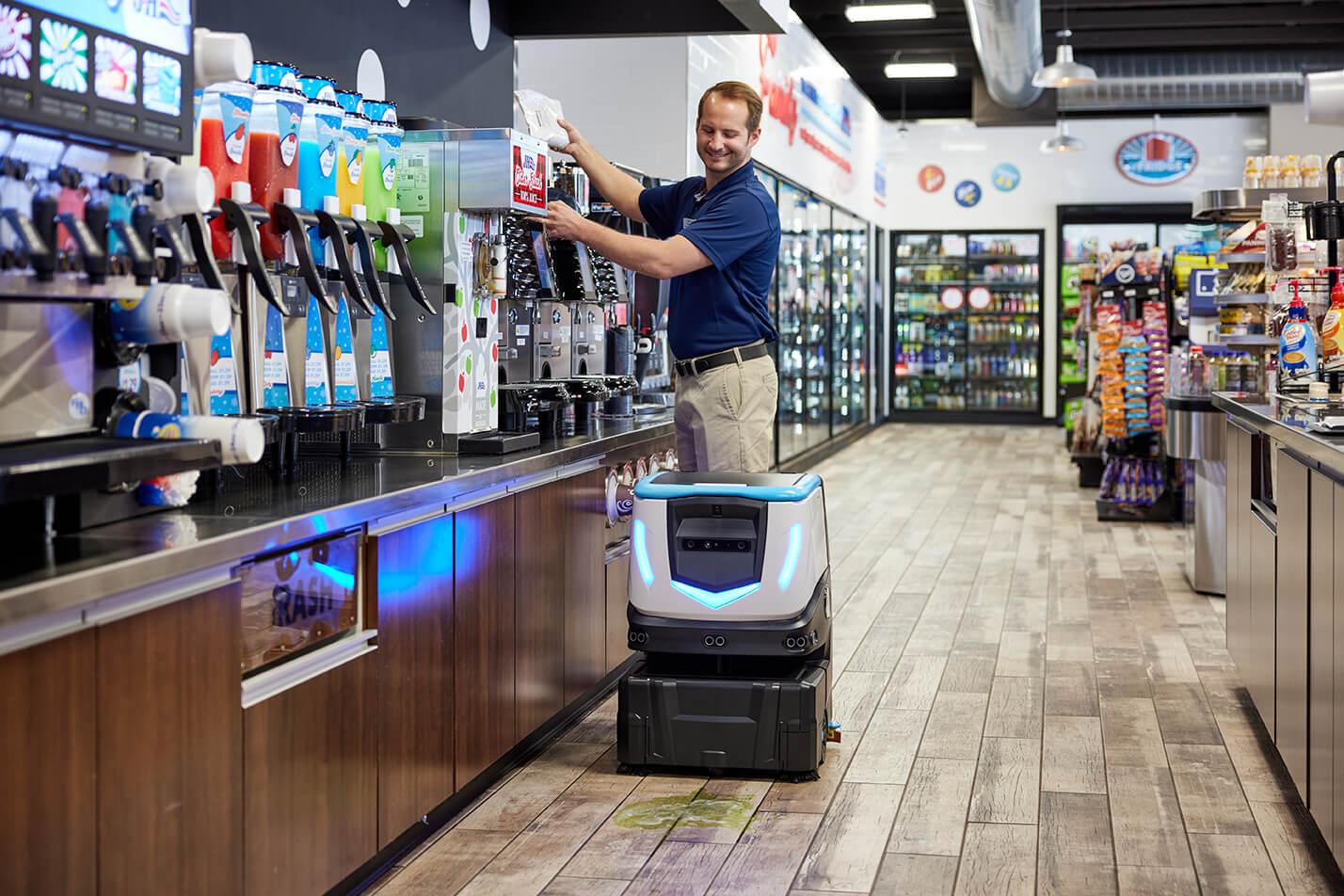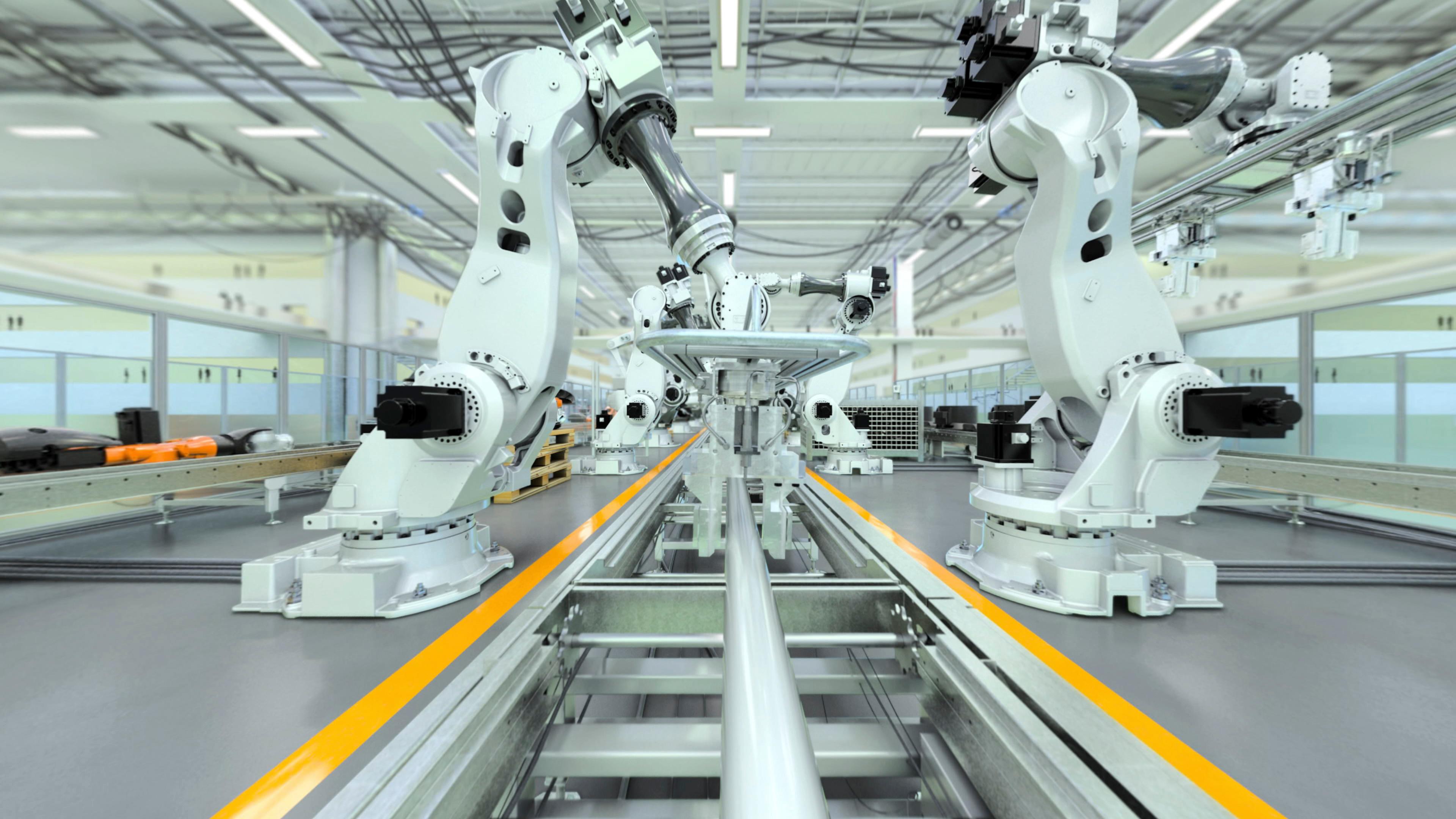June 22, 2022
Cobots Vs. Robots (What You Need to Know)


While we may be familiar with robots, cobots are a relatively new concept. A cobot is a collaborative robot—it is designed to collaborate with humans.
This can seem like an oxymoron, but when we take a closer look at the distinctions between the assorted types of robots we can better understand the differences between a robot and a cobot.
A robot is a machine that uses advanced AI (artificial intelligence) and software to complete tasks on its own. It can be stationary or moving and robots come in a wide variety of shapes and sizes.
The word “robot” is the overarching or general term used to refer to autonomous machines. According to Intel.com robots are typically categorized as follows:
As noted above, a robot is designed to complete tasks on its own with very limited human interaction. Because of this, robots are designed to take on dangerous work to support human safety.
Robots are used in manufacturing and industrial facilities and take on jobs that are considered dangerous to humans. For example, lifting and moving extremely heavy materials can be taxing on the human body.
Robots can also complete tasks that require exposure to extreme heat or toxic fumes, allowing humans to limit exposure in severe working conditions.
Cobots on the other hand are designed to work alongside existing staff and help workers to be more efficient. People can work right alongside a cobot and it supports the worker in getting the job done consistently and efficiently.
In many cases, cobots are used to help staff increase productivity. Because cobots can take on repetitive work, like scrubbing or vacuuming floors, staff can focus on other high-priority tasks.
In a retail setting for example, where customer service is incredibly important, deploying Cobi 18, a cobotic floor scrubber, frees up staff to focus on offering better customer service and taking care of tasks that directly impact the customer experience.
Cobi 18 can be deployed to scrub the floors and while Cobi scrubs the floors, staff make sure shelves are stocked, customers are greeted and attended to, and other high-priority cleaning tasks are completed.

Cobots are designed with advanced navigation software that allows them to safely move around a space and navigate complex real-world environments.
In the case of Cobi 18, the navigation software coordinates with a complex system of Lidar and Ultrasonic sensors, and 3D and binocular cameras. Each of these devices supports the cobot to move around obstacles, including moving and stationary objects, through bright light, and even around mirrors.
This technology is also what makes it safe for Cobots to work alongside humans. The cobots sense anything in their path and slow down, stop, or move around obstacles—making them safe for people to be around.
Robots on the other hand are typically stationary, meaning they do not move around a space. They may have arms or parts of the system that move, but they do not move around a facility to complete the task, unless on a designated and secure track.
In industrial and manufacturing settings, robots are most often kept in an enclosed space to prevent a person from accidentally entering the work zone. This is because the machines are large, execute dangerous tasks, and in some cases move very quickly.
In these situations, the power buttons are kept outside of the enclosure so that a human can power the robot on and off from a safe distance.

Cobots do not need safety barriers around them. They are designed to move around and work alongside people.
In addition to the multiple cameras and sensors that help them safely navigate, Cobots also have other safety mechanisms that alert anyone in the vicinity of their presence. Most have light indicators that signal if the cobot is moving, getting ready to turn (like blinkers), or if it is stopped.
Cobots also have noise indicators to accomplish these same tasks. If the cobot is stopping or senses an obstacle it will sound an alert (a beeping noise) so anyone nearby can take notice.
These indicators, along with highly sophisticated AI, keep staff and customers safe when working with a cobot.
Programming robots used in large facilities can often be complicated.
According to Elixr, an industrial equipment company, “Older machines could only be programmed by coding experts, who had to essentially learn a new robotic language every time they worked with a different machine.”
For this reason, companies often must find staff that have specific coding and robot programming knowledge. This can mean hiring outside help or keeping robot technicians on the payroll.
Cobots however are designed to be easy to use and can be deployed by anyone. Cobots like Cobi 18, have a simple touchscreen interface making operation intuitive.
Because cobots are so easy to use, training is limited and many companies offer training tutorials right on their website so anyone can access the information.
Cobi 18 is also available through an all-inclusive subscription. This means service, parts, repairs, and more are provided. This makes keeping the cobot up and running easy and does not require a specifically trained person to be on staff.
Due to size and design flexibility, cobots can be deployed in almost any situation. Because they work through the IoT (Internet of Things) using cloud-based storage, they are easy to track. Plus they often come with fleet management software that hosts a wide range of important insights related to the work completed each time they are deployed.
This makes it easy to add more cobots to any facility—which can be beneficial for industries that struggle with labor shortages, and since they clean routes consistently, they eliminate issues that arise related to human error—like missing spots or even entire areas. This is not the case for robots that require infrastructure development and take up large areas of space.
The work Cobots do can also be tracked from remote locations and this can lead to more predictable deployment and even proof of performance tracking.
Cobi 18 comes with ICE Cobotics' i-SYNERGY Clean Score. The data collected through this fleet management software allows managers to log in, check the “clean score” at each site they manage, and determine if a location needs more support for the day or if the site is on track to meet cleaning goals.
All this information helps business leaders more easily track, review, and respond to data, giving them better insight into decisions that help the business grow.
ICE Cobotics is a leading technology and cleaning equipment provider specializing in automation and all-inclusive subscriptions. If you are considering adding cobots to your staff, contact our account managers, they will be happy to answer questions you might have.
Ready to Explore Automation? Talk to an Automation Expert